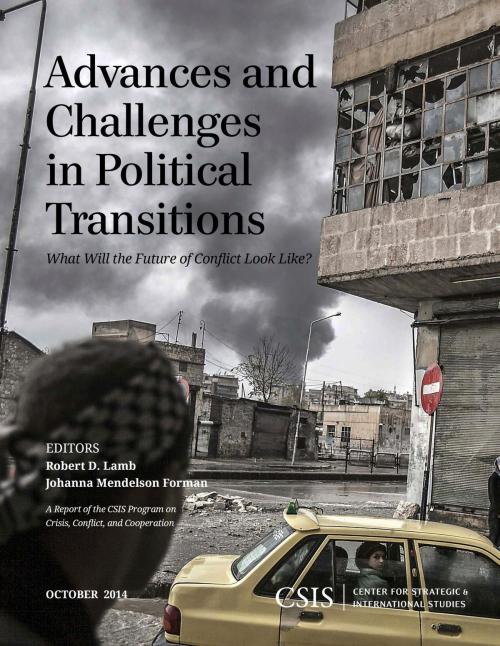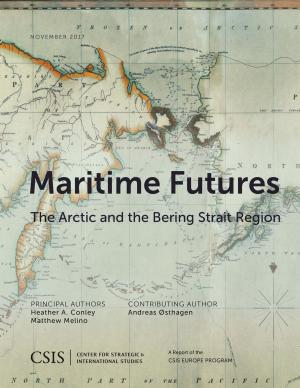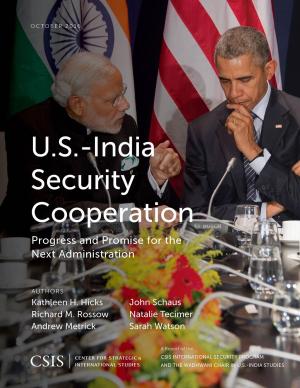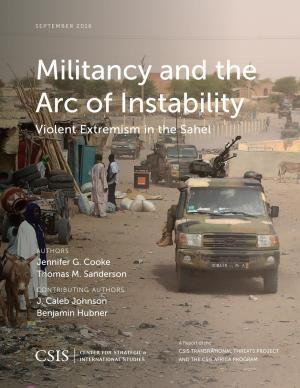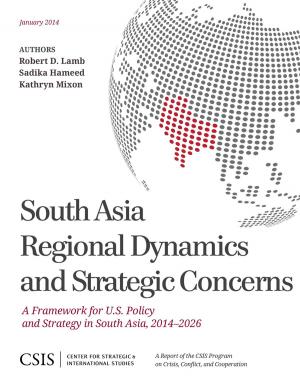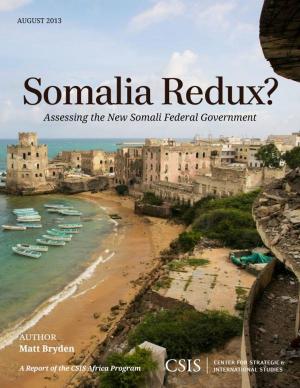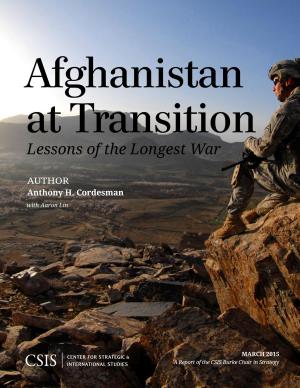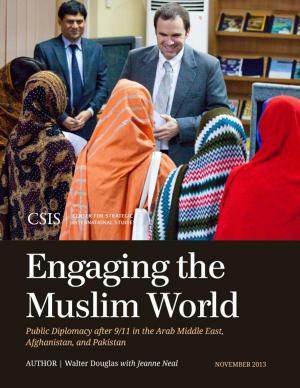Advances and Challenges in Political Transitions
What Will the Future of Conflict Look Like?
Nonfiction, Social & Cultural Studies, Political Science, International, International Security| Author: | ISBN: | 9781442240421 | |
| Publisher: | Center for Strategic & International Studies | Publication: | November 18, 2014 |
| Imprint: | Center for Strategic & International Studies | Language: | English |
| Author: | |
| ISBN: | 9781442240421 |
| Publisher: | Center for Strategic & International Studies |
| Publication: | November 18, 2014 |
| Imprint: | Center for Strategic & International Studies |
| Language: | English |
The United States has provided support to political transitions worldwide for many years. But it was just twenty years ago that the US government established an office specifically to respond when regimes or conflicts ended and to maintain momentum toward positive change. Today’s conflicts, however, are more complex, usually involving half a dozen or scores of armed groups—and their alliances and motivations are not always clear. Seldom are peace agreements in place to act as a roadmap to the transition. And transition work now more commonly begins before violence even ends. This report, published on the twentieth anniversary of the founding of the Office of Transition Initiatives at the US Agency for International Development, considers what today’s complexities imply for how conflicts and transition work might evolve in the future, with chapters on each major region of the world and on topics such as extremism, urbanization, gender, and humanitarian response.
The United States has provided support to political transitions worldwide for many years. But it was just twenty years ago that the US government established an office specifically to respond when regimes or conflicts ended and to maintain momentum toward positive change. Today’s conflicts, however, are more complex, usually involving half a dozen or scores of armed groups—and their alliances and motivations are not always clear. Seldom are peace agreements in place to act as a roadmap to the transition. And transition work now more commonly begins before violence even ends. This report, published on the twentieth anniversary of the founding of the Office of Transition Initiatives at the US Agency for International Development, considers what today’s complexities imply for how conflicts and transition work might evolve in the future, with chapters on each major region of the world and on topics such as extremism, urbanization, gender, and humanitarian response.
